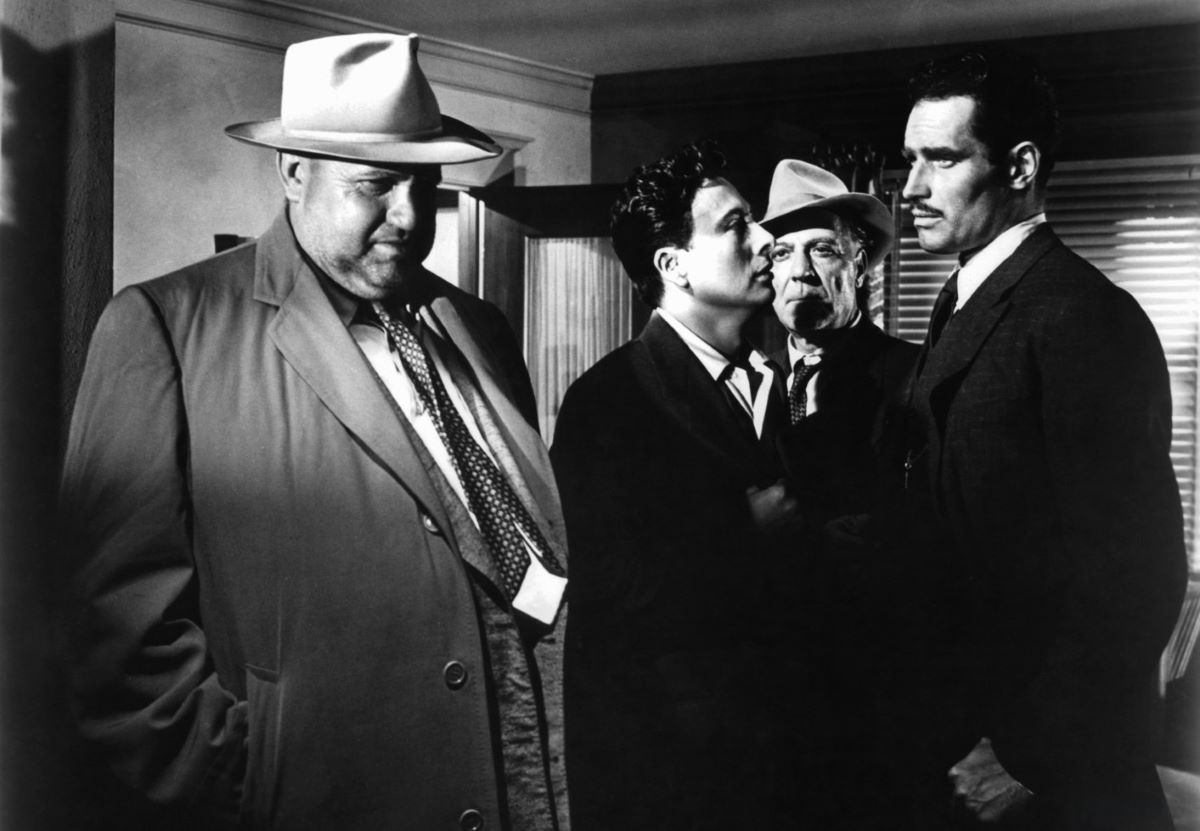Jonathan Glazer‘s Under the Skin is a science fiction film from 2013 that, upon release, was an unjust and remarkable flop with audiences, despite featuring a star like Scarlett Johansson—who was just a year removed from her Avengers role—in an independent, non-Hollywood production. For many, it was a UFO, an Unidentifiable Flying (or rather, not flying) Object, telling the story of a minimalistic “alien invasion” with Scarlett as a creature from beyond, seducing men in the damp, if not icy, Scottish landscape before dissolving them into a dark, liquid limbo until they deflate. Until, that is, she “feels” something for them—or rather, for us—triggering the decisive reaction of her accomplice, a centaur-like alien played by Northern Irish motorcycle racing champion Jeremy McWilliams, and the ferocity of those who, among humans, are predators. Yet, no matter how you flip the narrative, it remains fundamentally indescribable.
Under the Skin draws inspiration from the Dutchman Michel Faber’s novel Under the Skin (published by Einaudi), where the aliens’ “treatment” of humans is to turn them into food; but also from the Scottish legend of the so-called Green Lady, the Baobhan Sith (if Sith rings a bell, you’re not wrong) of Celtic mythology, a malevolent fairy who seduces the unfortunate only to kill them slowly. Despite the “small” production (the film cost less than 14 million dollars to make), the making was challenging and protracted, with the script rewritten multiple times. Johansson (who replaced Gemma Arterton as Glazer’s first choice) had to be coached to speak with the correct accent, even though the alien isn’t particularly talkative. The mall sequence and some of the shots from inside the van, with the alien approaching boys and men, future victims, were filmed with hidden cameras; only the lead was aware of the filming crew, and the non-professional participants were asked to sign a release only after filming concluded (and obviously, not all agreed).
Glazer’s idea was to shoot a realistic sci-fi film that conveyed human emotions, their heaviness (the despair of the man trying to save his wife in the stormy sea: the beach scene with the child is dramatically powerful) or their intensity. Over time, Under the Skin has become a cult title, at least for a niche audience. The British critics, starting with “Sight & Sound” but also major outlets like the BBC, have begun to place it high on their lists of the best films of the millennium. Science fiction enthusiasts have appreciated the original depiction of these skin-wearing aliens (vastly different from their novel counterparts who walk on all fours and have tails). But it’s the soundtrack that’s especially recognized as revolutionary. Composed by then twenty-six-year-old musician Mica Levi, now also known by the stage name Micachu, her career path is quite unique, from punk rock (revisiting it throughout her career) to John Cage, collaborating with video artists like Phil Collins and Steve McQueen. She also scored The Zone of Interest, but it’s the metronome-paced, unsettling, and hypnotic sound of Under the Skin that finally made her famous.
Film TV, February 20, 2024





